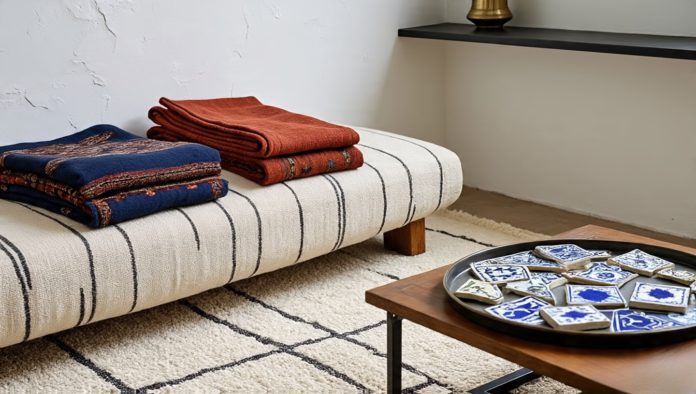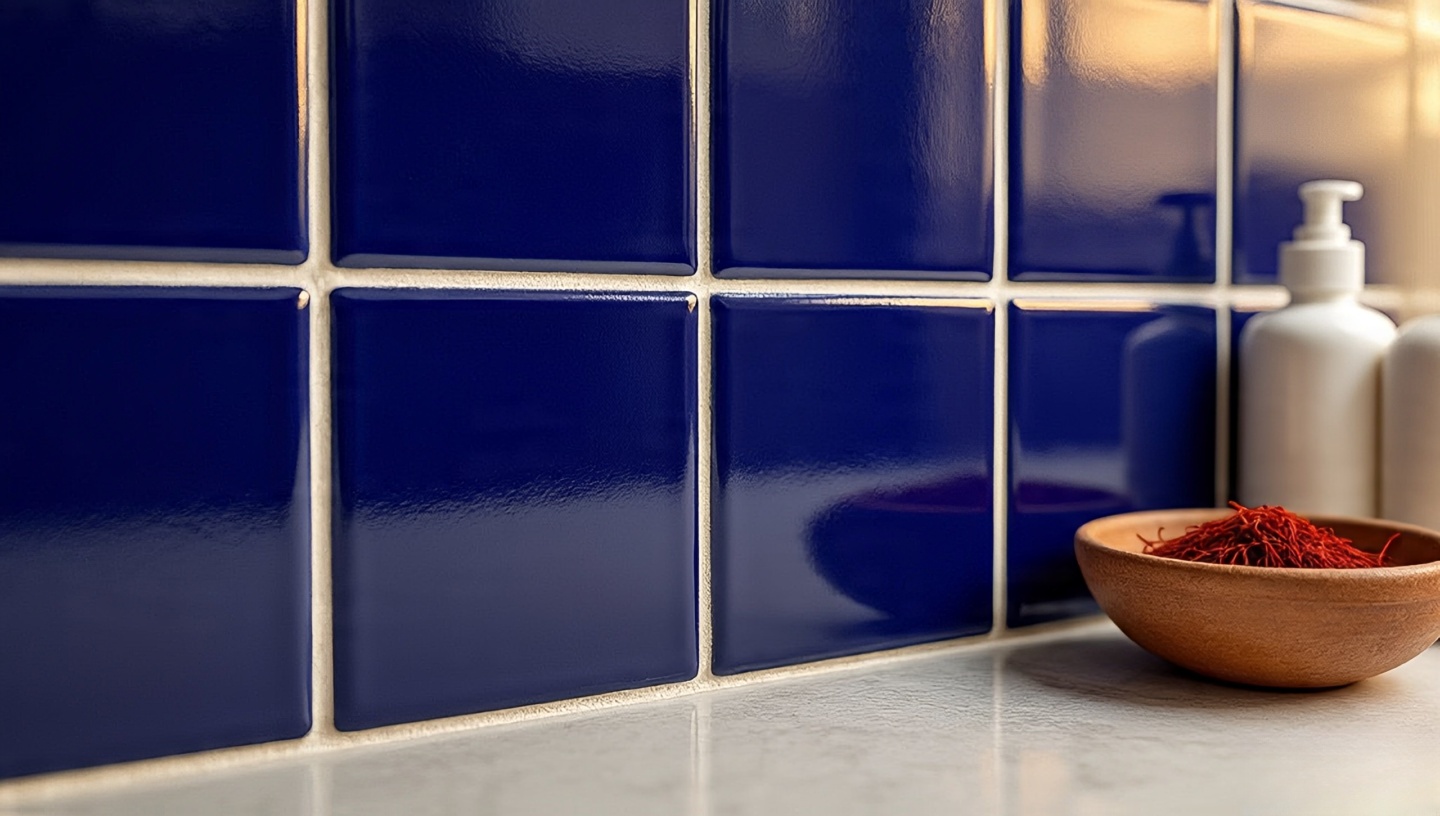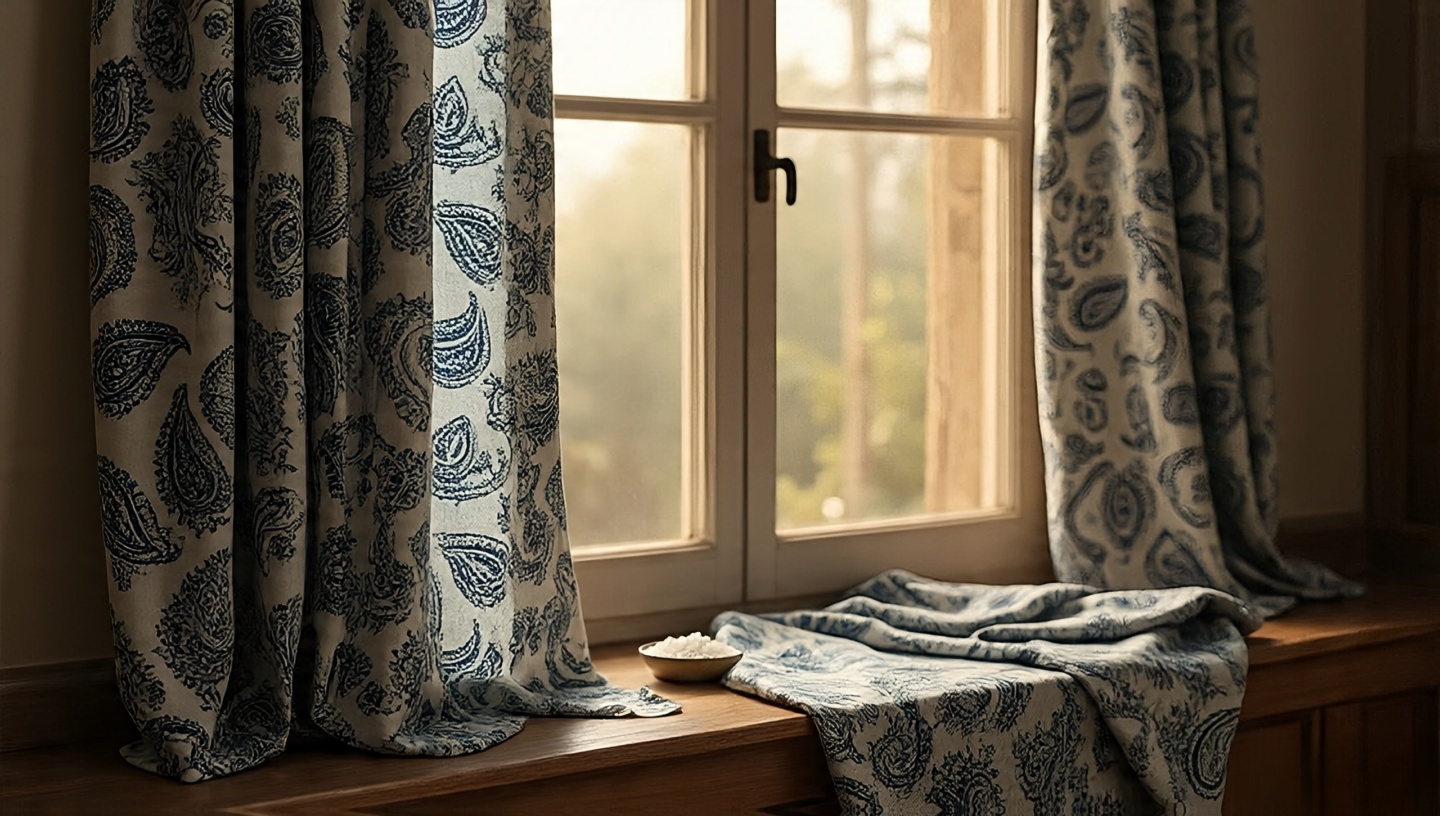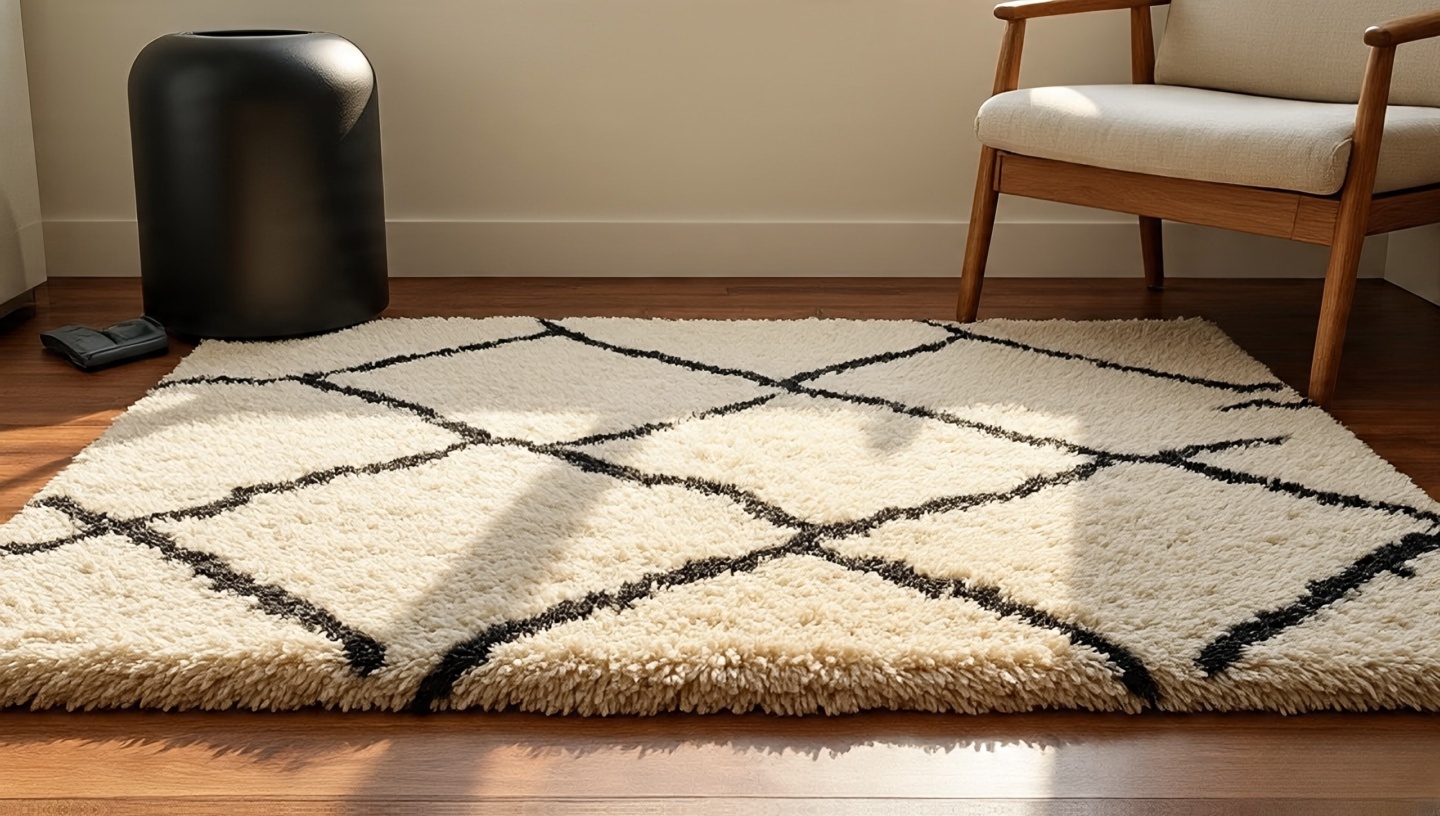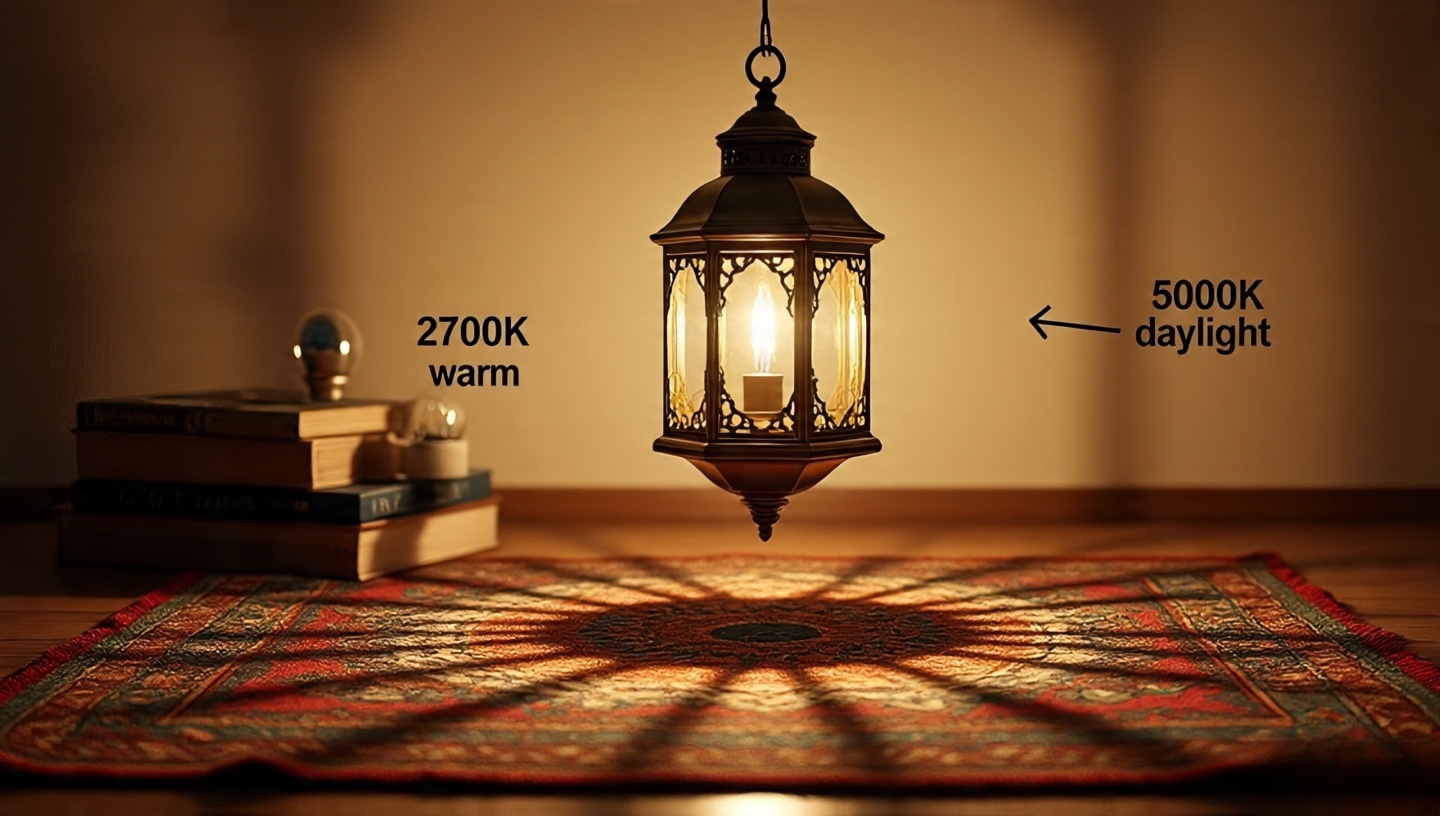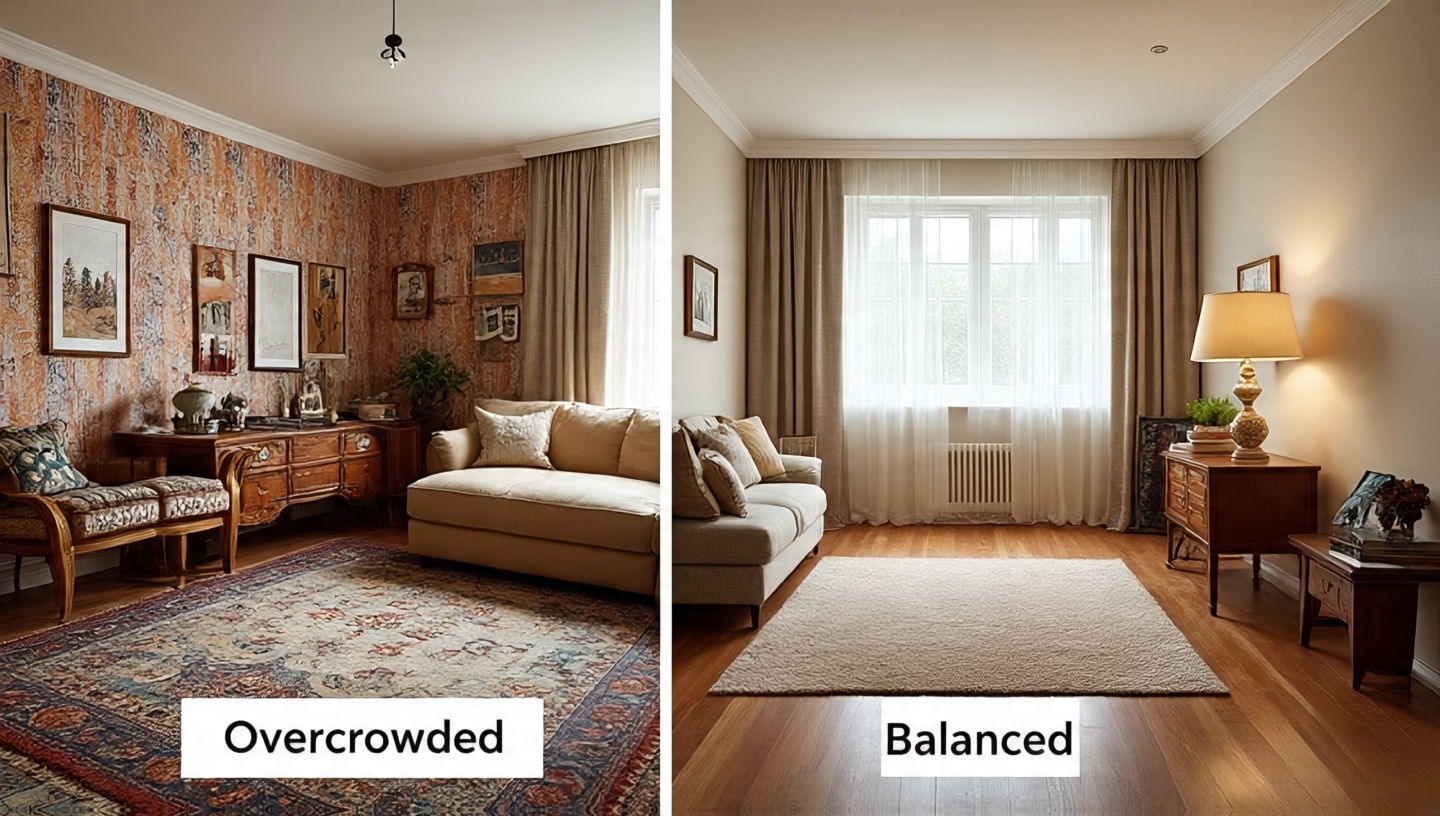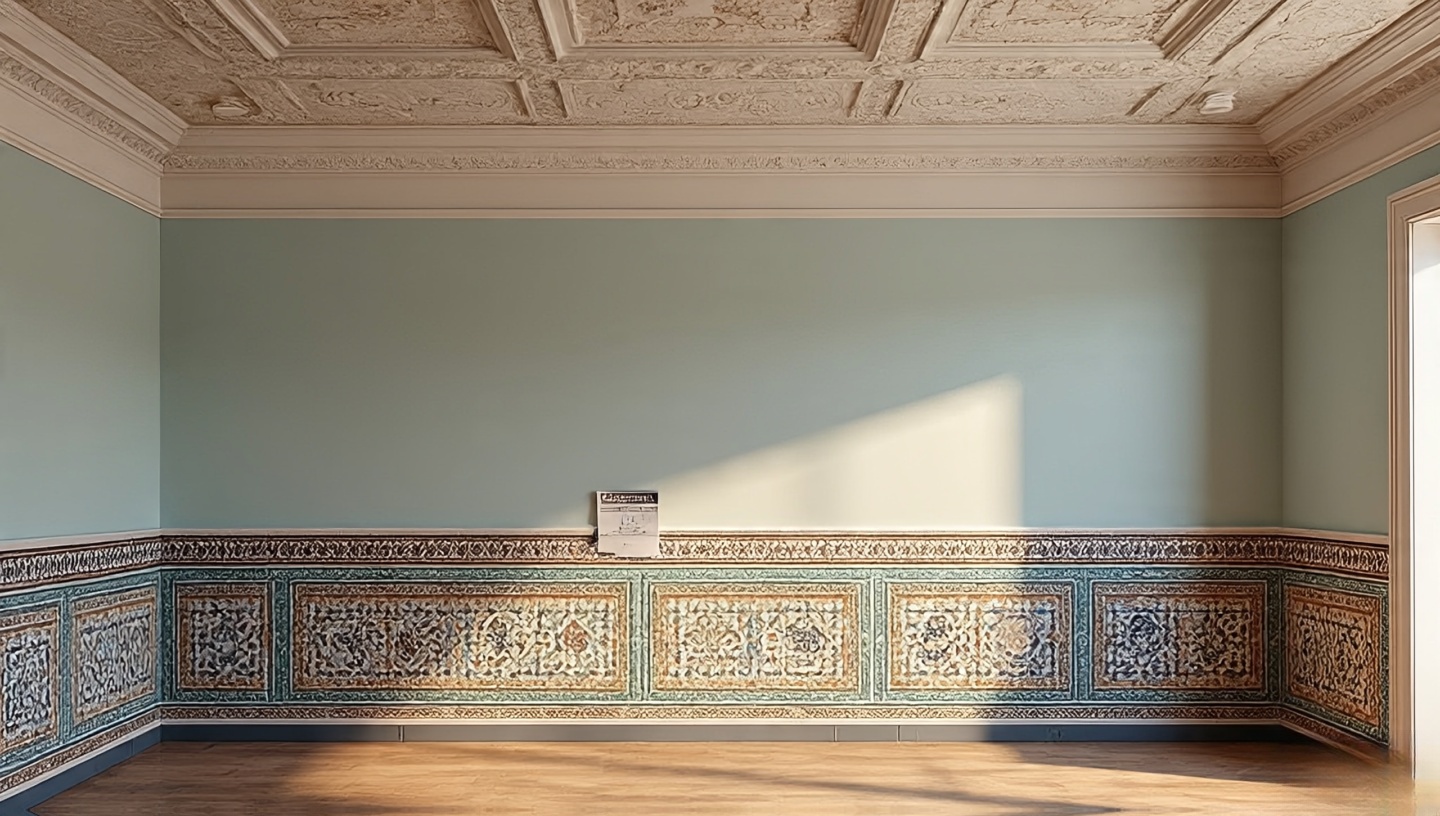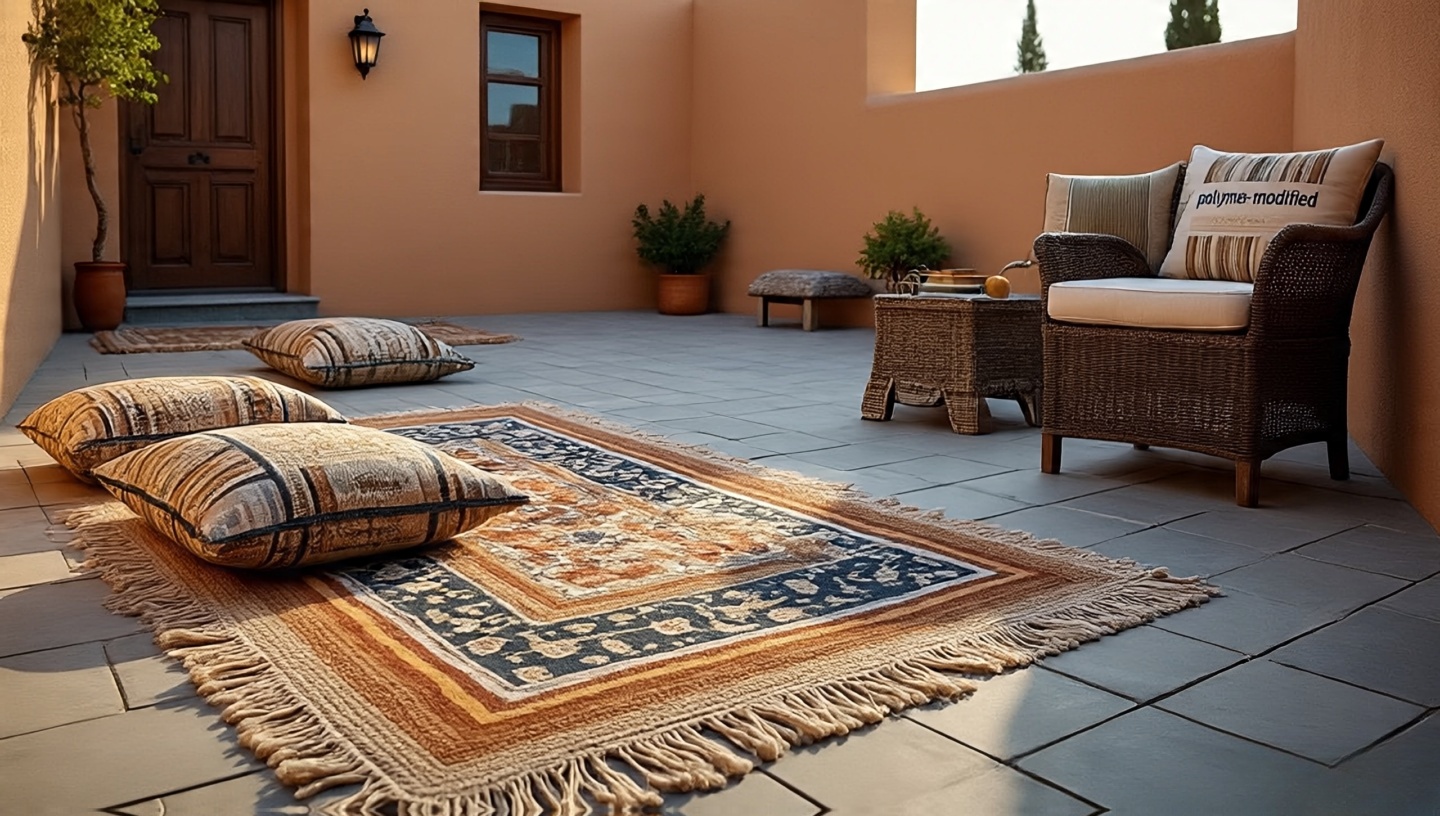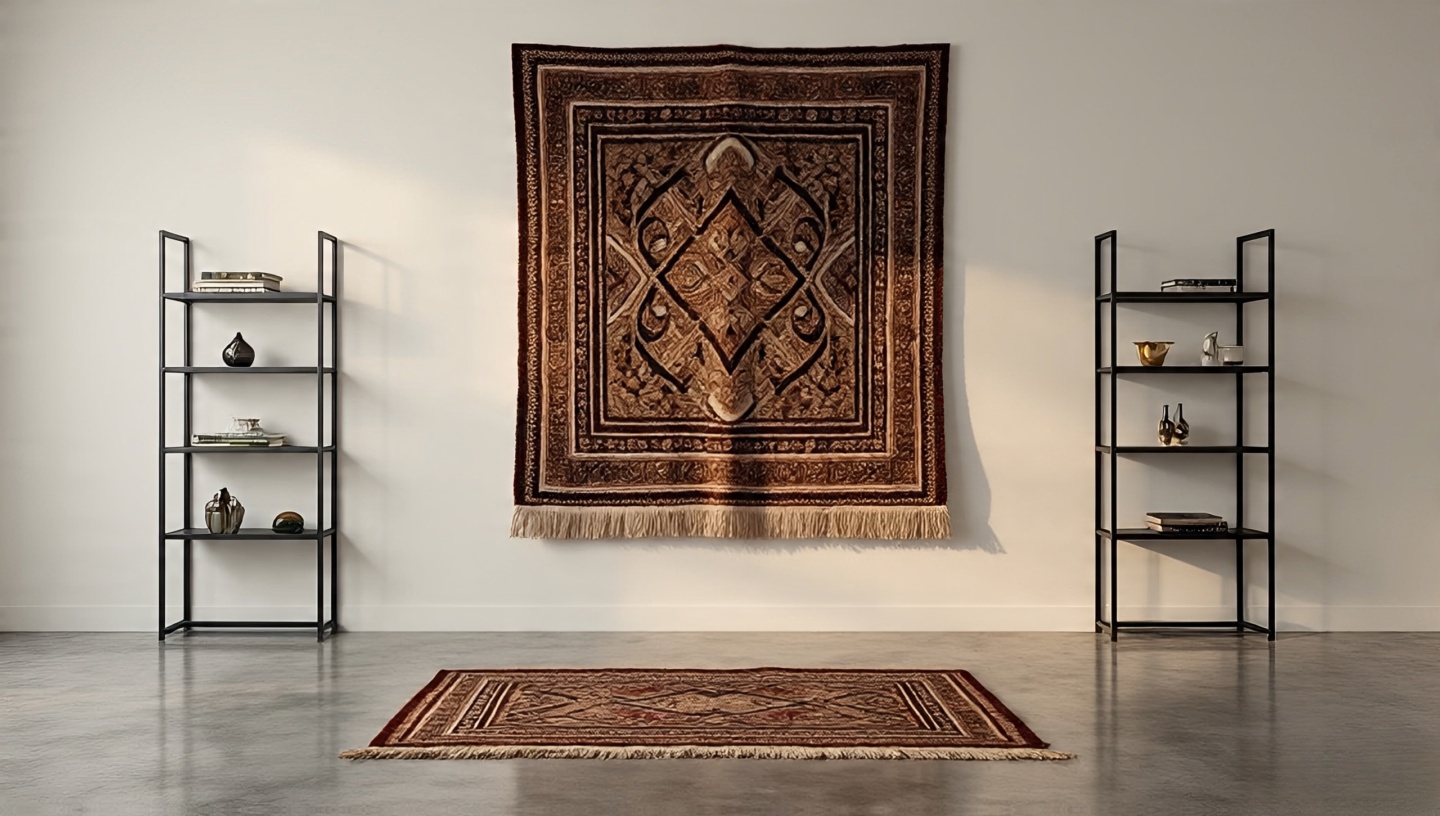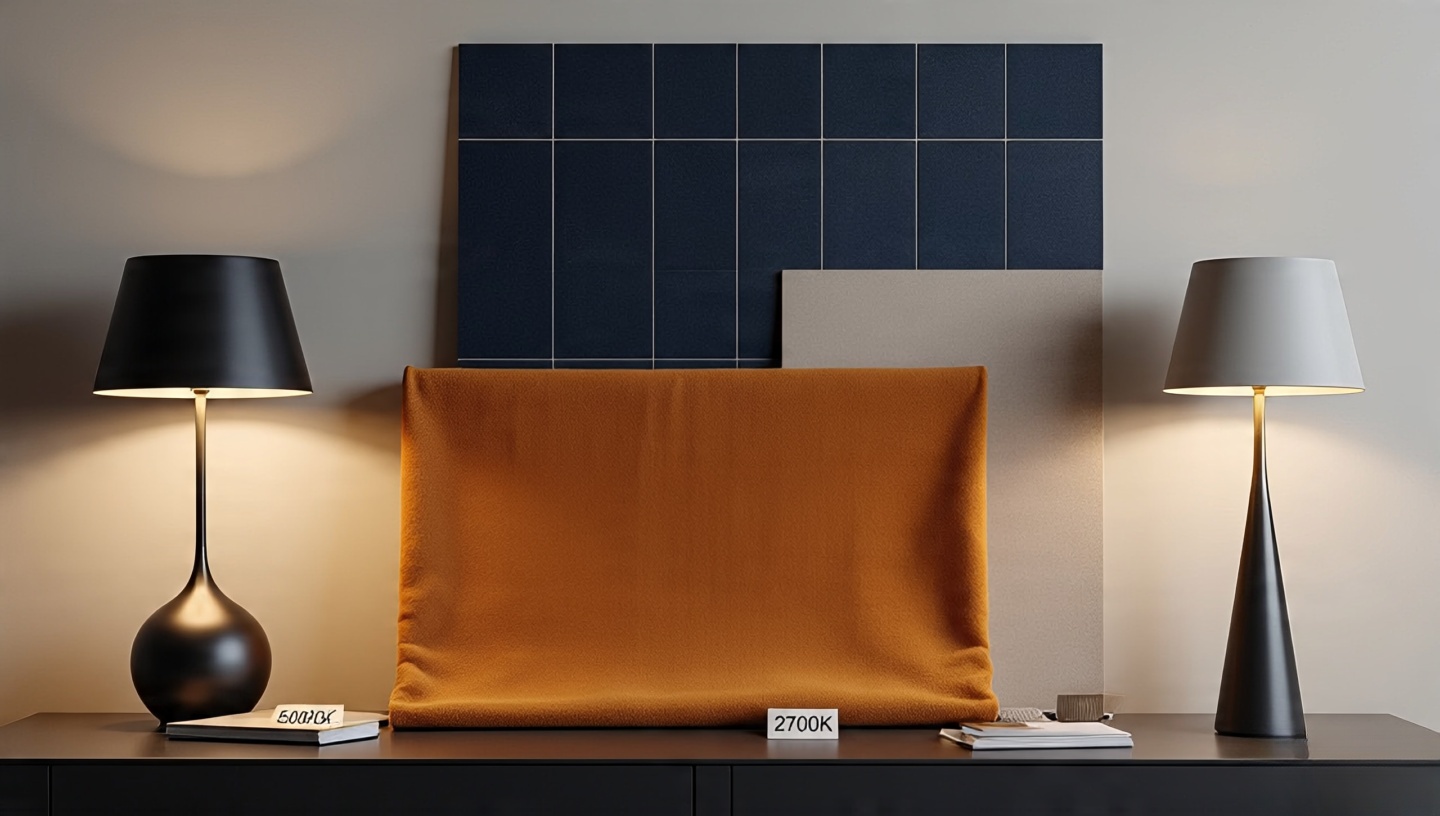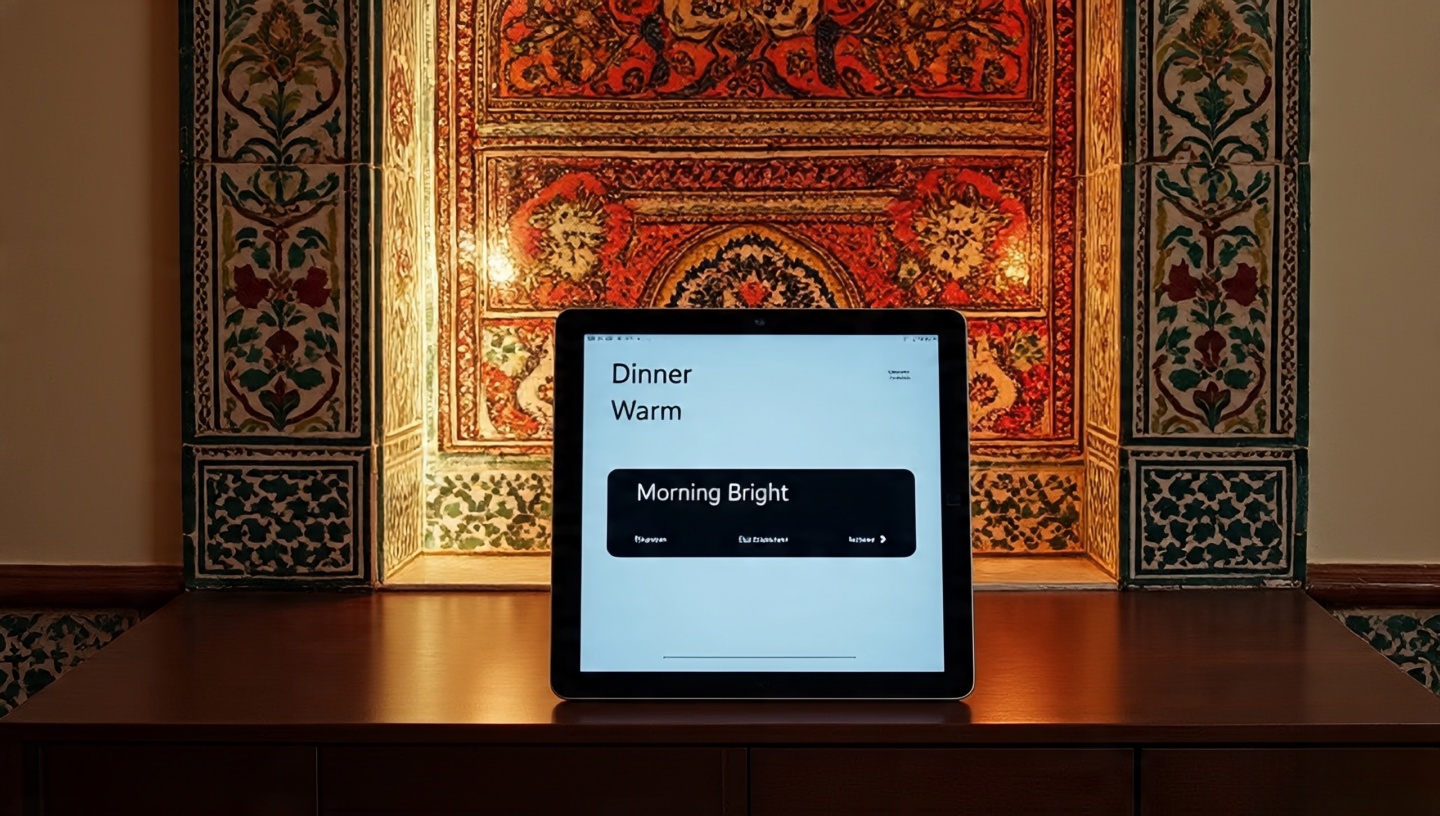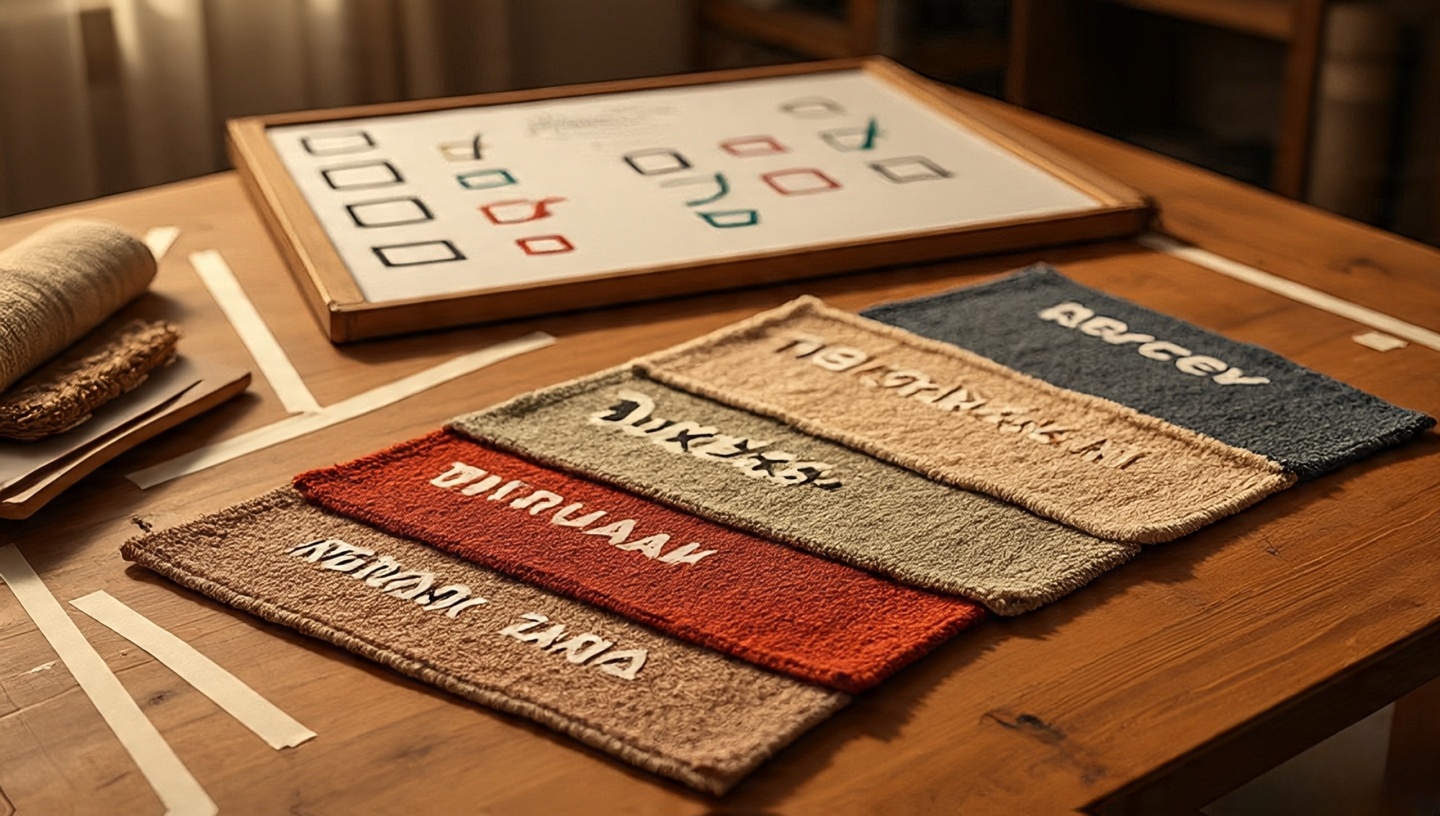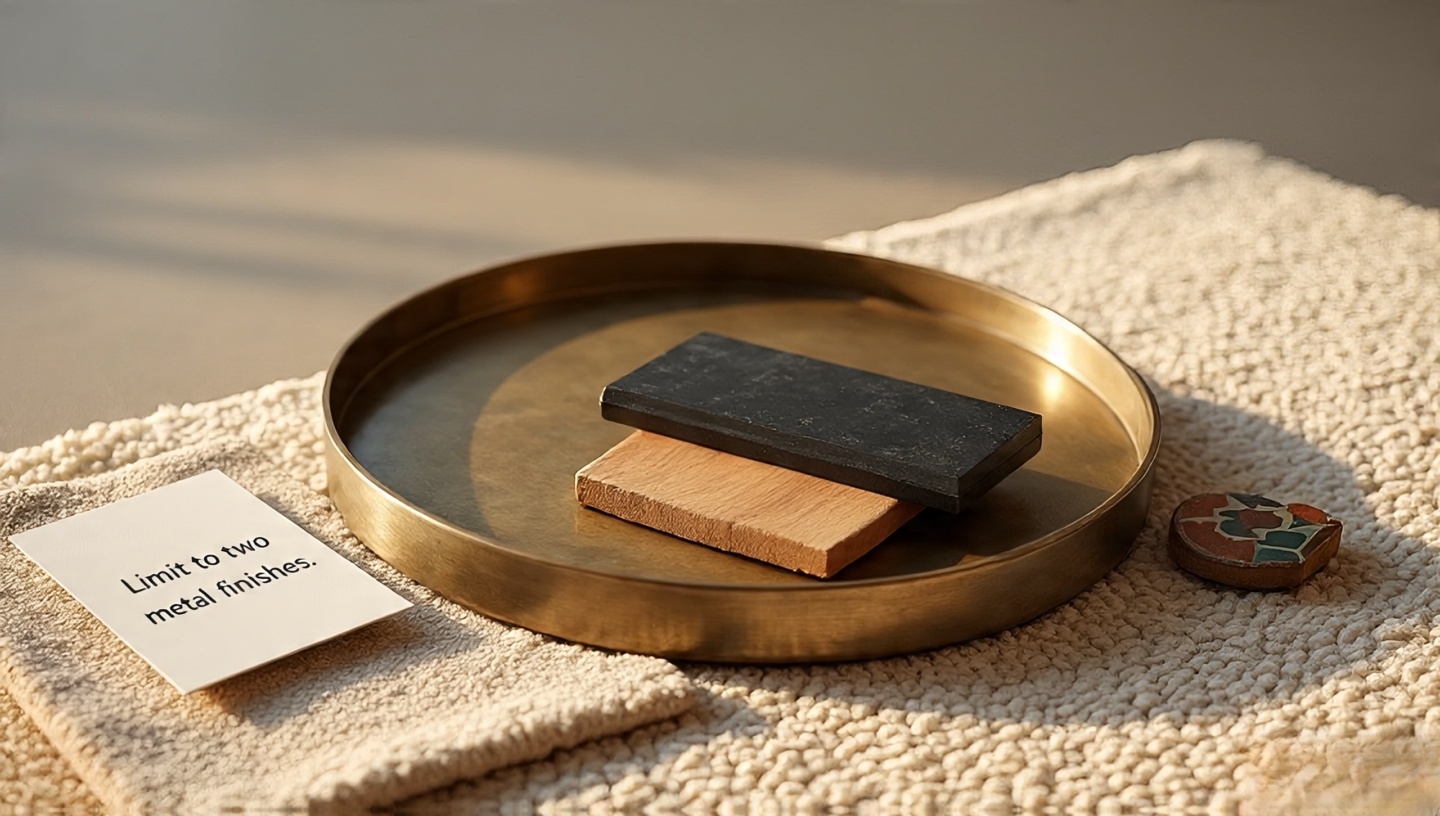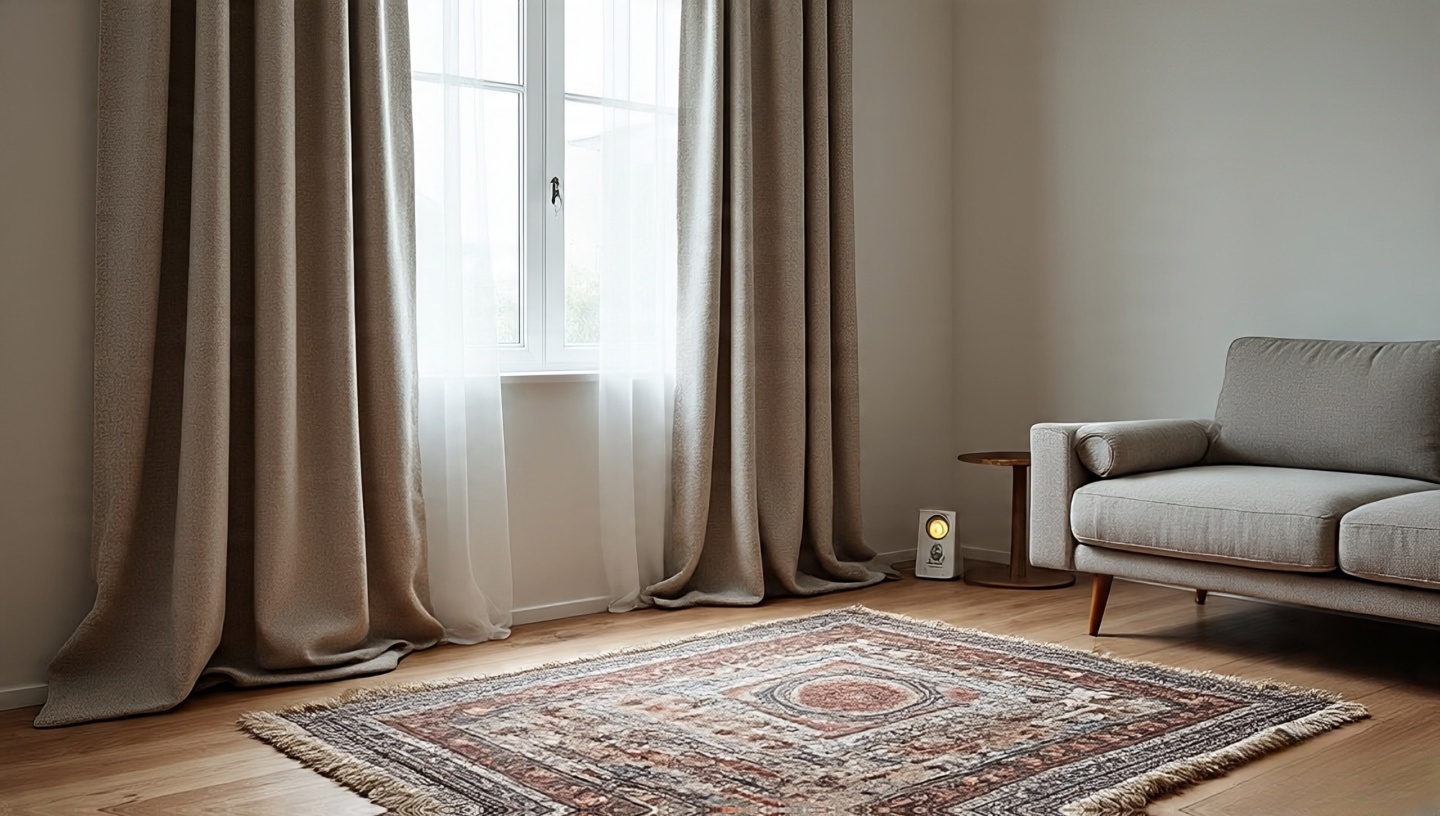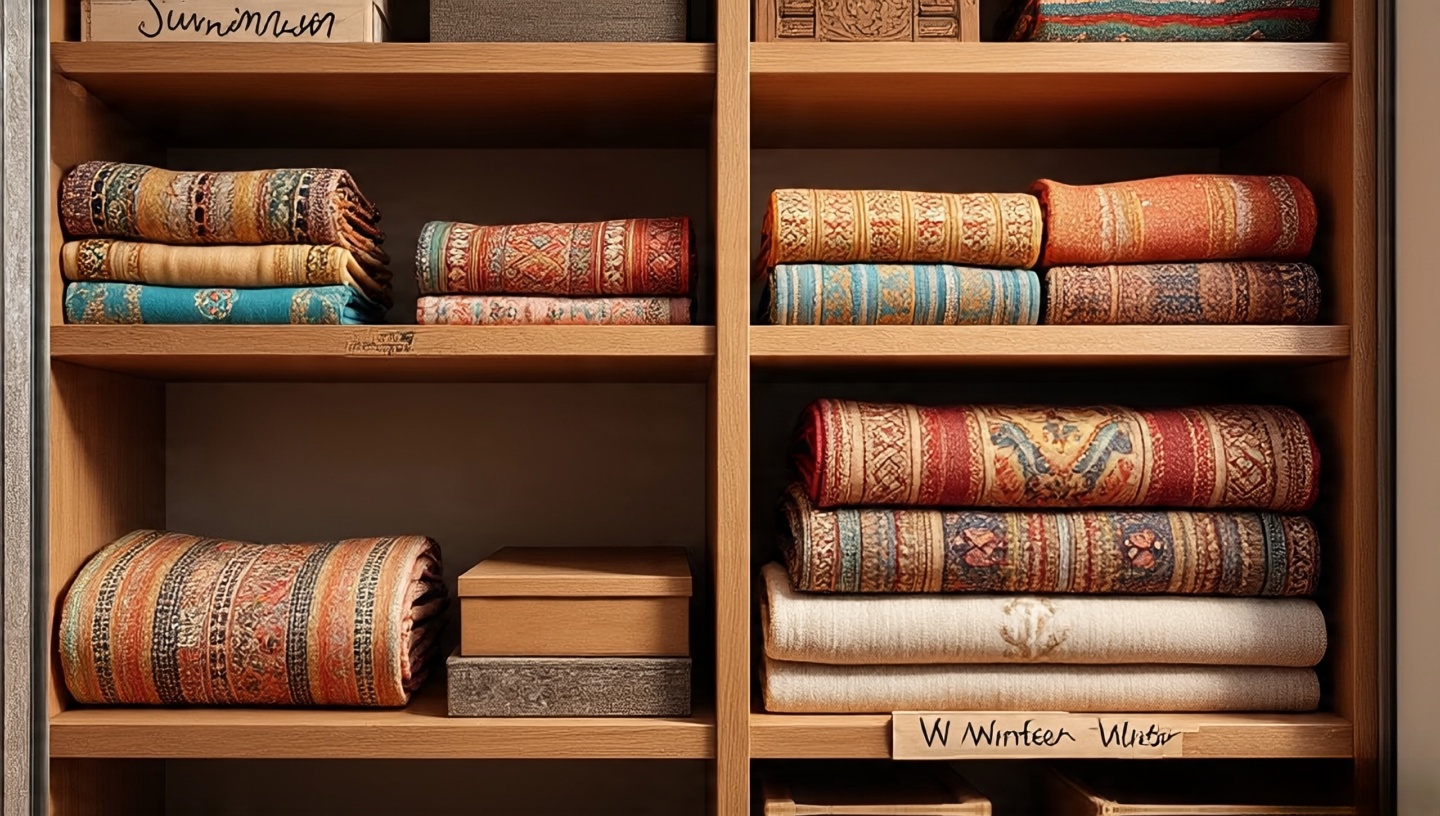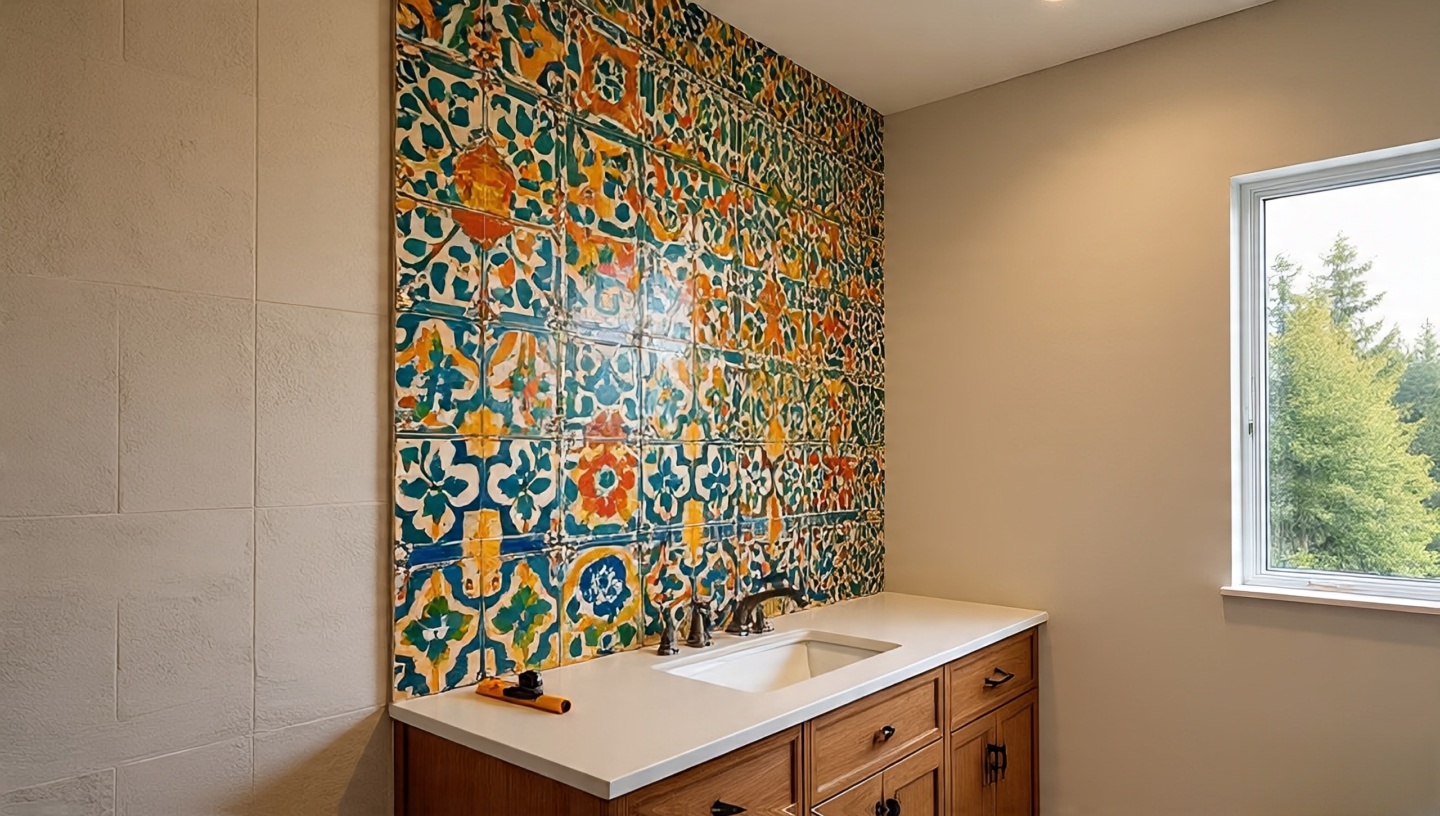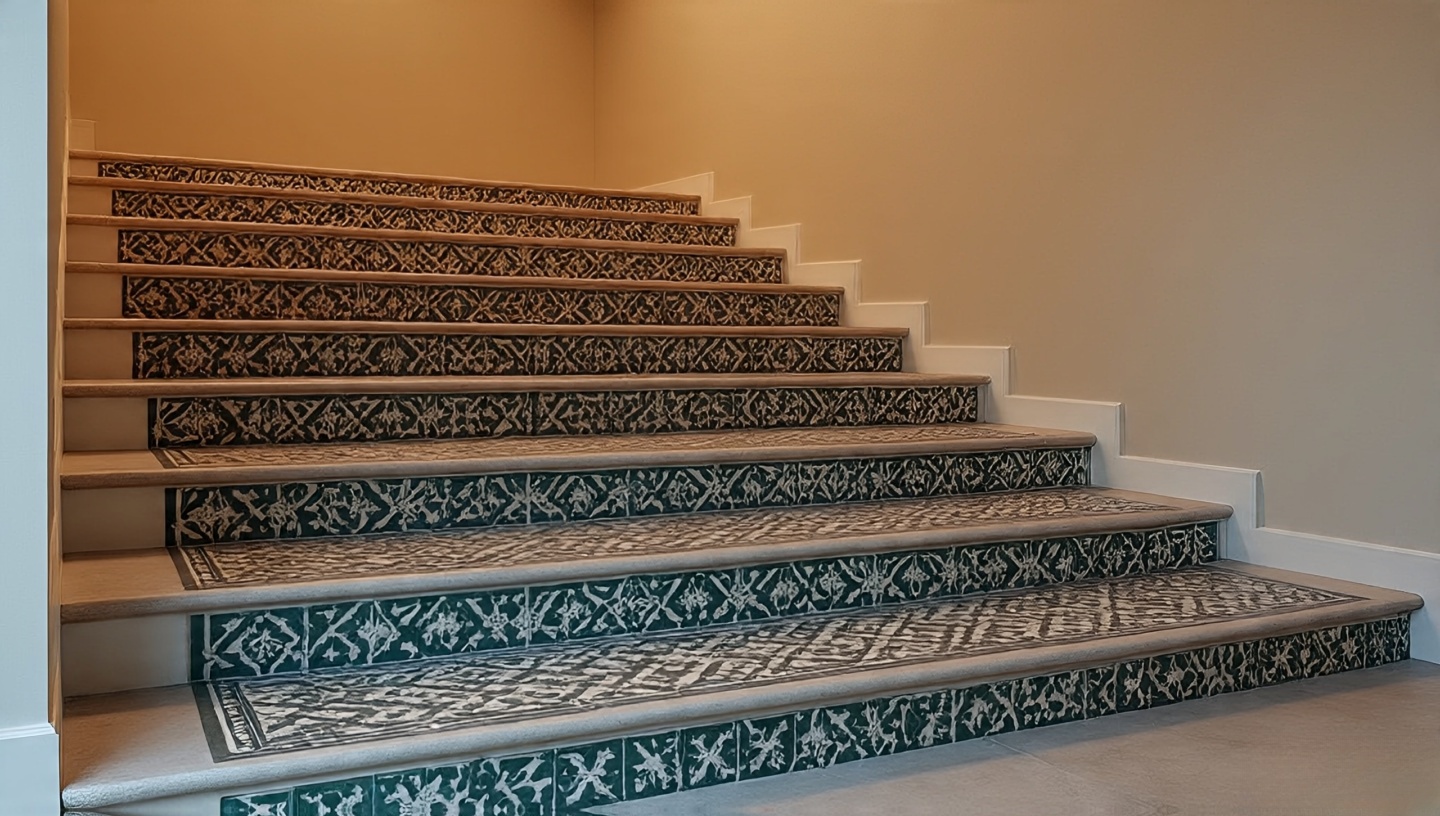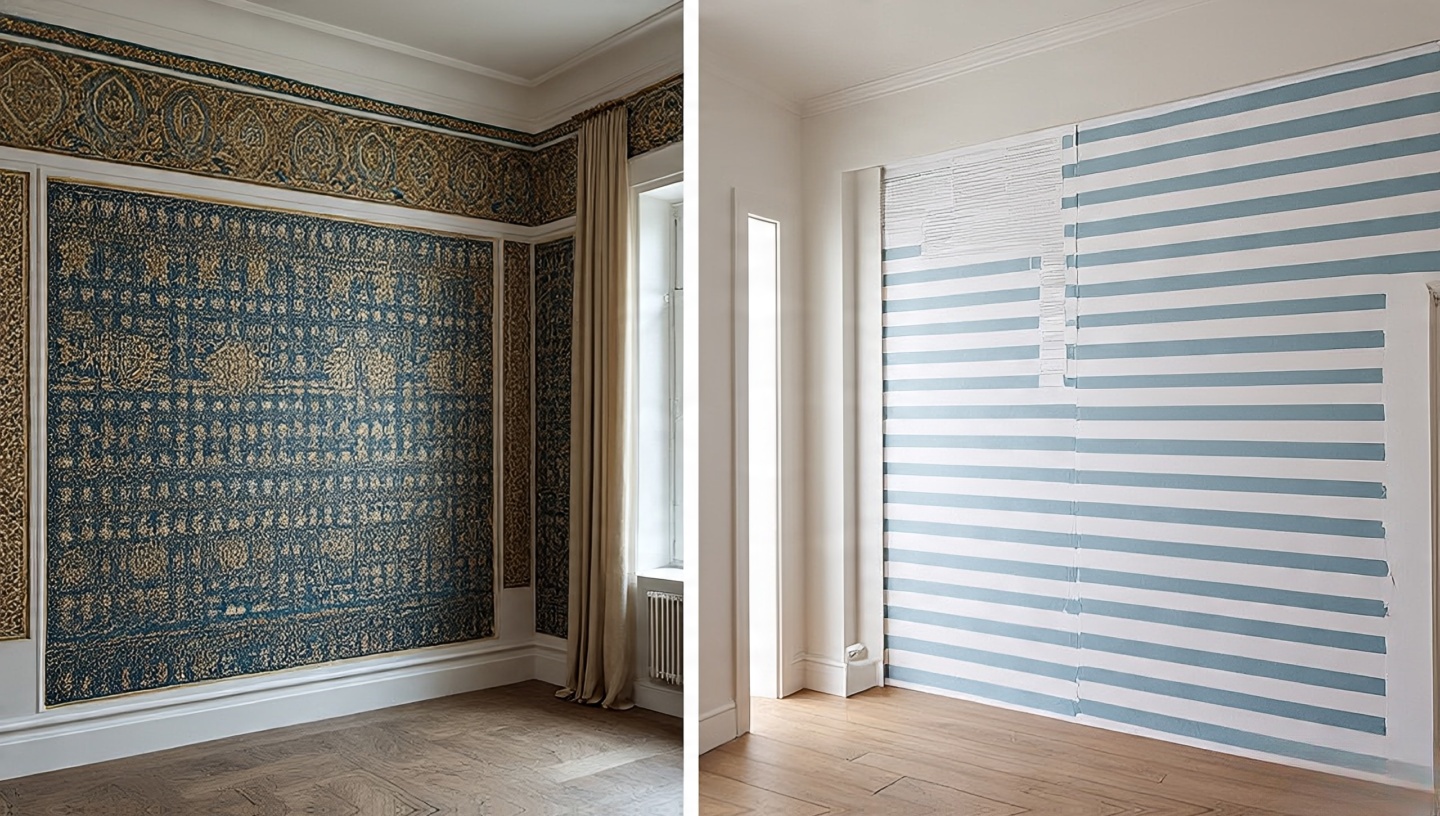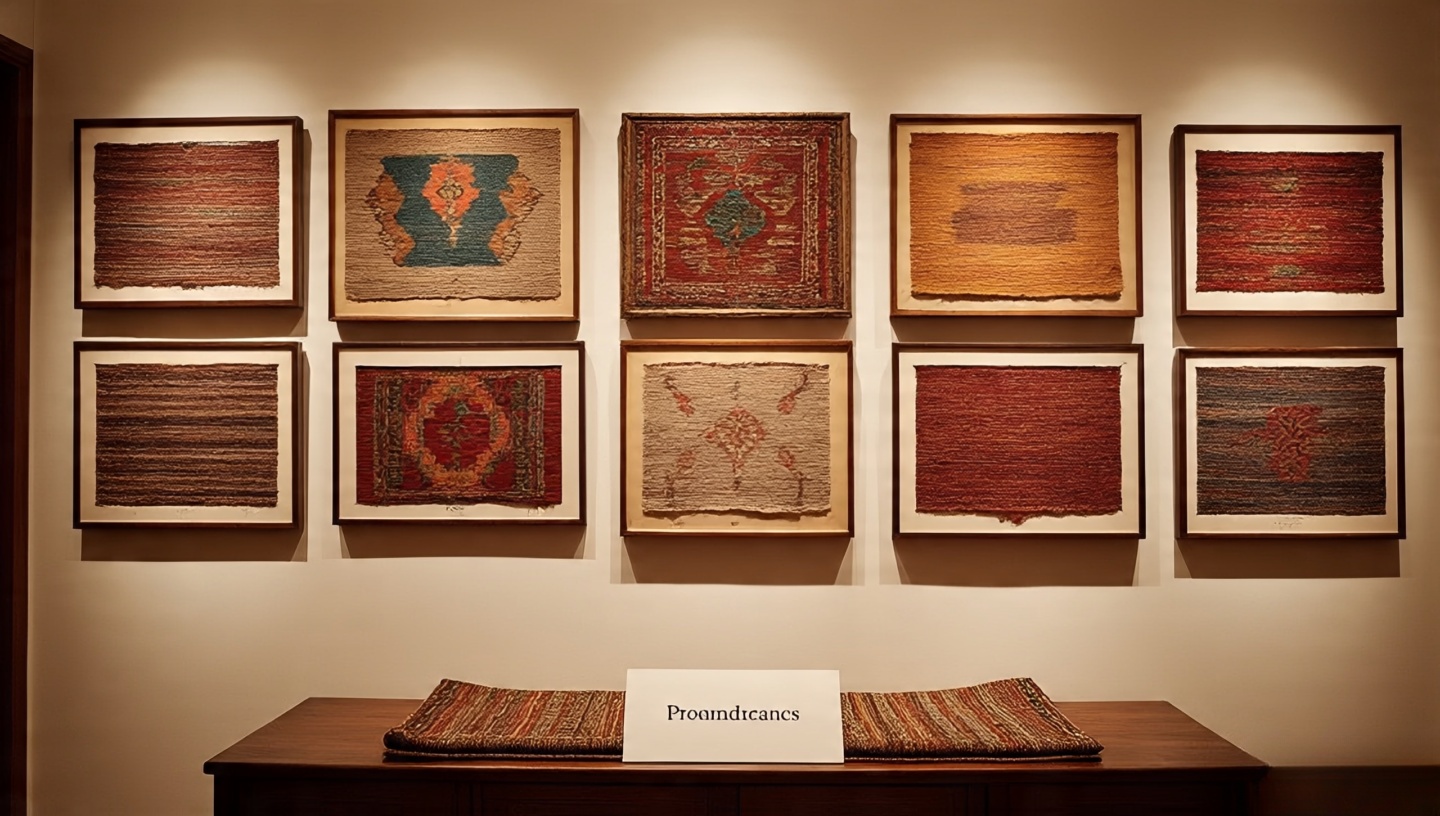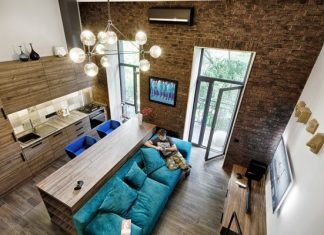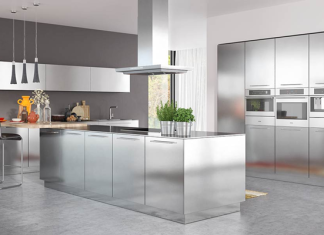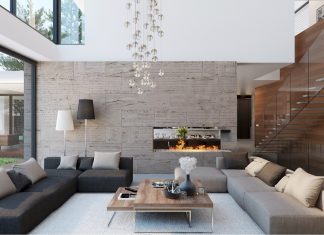Roohome.com – I still remember the first time I unrolled a Moroccan rug in my own living room. The scent of lanolin rose up like a faint memory of a mountain market, and the jewel-toned diamonds instantly made the space feel alive. That single act sent me down a lifelong path of exploring global patterns from the geometric drama of Turkey’s kilims to the intricate paisleys of India and the earthy simplicity of Berber weaves.
If you’ve ever stood in a bazaar, fingers brushing against hand-woven fabrics, you know that patterns are more than decoration. They carry the hum of trade routes, the wisdom of artisans, and the quiet thrill of travel. This guide is both story and manual: a deep dive into the craft, measurements, and decisions that let you bring these traditions home without turning your living room into a souvenir shop.
Whether you’re a design professional or a curious homeowner, you’ll find here a mix of lived experience, technical data, and personal reflections. Let’s travel room by room and continent by continent.
1. Why Global Patterns Matter in a Modern Home
Patterns are visual fingerprints of culture. Moroccan zellige tiles echo centuries of Islamic geometry, Turkish kilims carry nomadic clan symbols, Indian block prints whisper of Mughal gardens, and Berber rugs chart tribal stories in simple lines.
Designer’s Note
I often tell clients: “A pattern is not just a surface, it’s a narrative.” When you layer these elements, you’re inviting history and craftsmanship into your daily routine.
Common Mistake & Fix
Mistake: Treating patterns as mere decoration.
Fix: Learn the origin of each piece and let that story guide placement. This respect shows in the final atmosphere.
2. Moroccan Magic: Geometry and Desert Light
Moroccan design feels like a conversation between desert dunes and city mosaics. Bold quatrefoils, starbursts, and diamond grids define the style.
Dimensions & Clearances
Zellige tiles often come in 4×4 inch (10×10 cm) modules. Allow a 1/16 inch (1.5 mm) grout line for that signature uneven sparkle.
Materials & Finishes
Choose hand-cut tiles; the slight irregularity catches light in ways machine cuts never can. Seal them well zellige is porous and loves to drink up splashes of olive oil.
- Color palette: indigo blues, saffron yellows, clay reds.
- Layering idea: pair a Moroccan rug with a neutral linen sofa so the pattern leads the room.
For mixing rugs without visual overload, see this guide on layering boho rugs and textiles.
Image idea: Close-up of hand-cut zellige tiles catching morning light, alt text “Moroccan zellige tiles in cobalt blue with natural imperfections.”
3. Turkish Textiles: Kilims, Coffee, and Warm Hospitality
Walk into a Turkish bazaar and you’ll hear the looms before you see them. Kilims flat-woven rugs with zigzags and medallions are like graphic novels in wool. I once dragged a 10-foot kilim through Istanbul’s Grand Bazaar after an afternoon of bargaining and apple tea. Worth every lira.
Installation & Sequencing
Lay a rug pad first to prevent sliding. Kilims are reversible, so rotate them every six months to even out wear.
Cost & Value
Authentic vegetable-dyed kilims range from $30 to $60 per square foot. Synthetic dyes cost less but fade unevenly.
- Look for vegetable dyes; they develop a warm patina over time.
- Flat weave makes them ideal under dining tables chairs glide smoothly.
Image idea: Grand Bazaar stall stacked with folded kilims in reds and oranges, alt text “Stacks of Turkish kilims in a market stall.”
4. Indian Elegance: Paisley, Block Prints, and Festival Energy
India’s patterns are like music complex but somehow inevitable. Paisleys swirl like monsoon clouds, while block prints stamp rhythmic flowers and vines. In Jaipur, I watched artisans hand-dip wooden stamps into indigo dye, their wrists flicking in a quiet dance.
Materials & Finishes
Use pure cotton or silk for breathability. Pre-wash block prints in cold water with a pinch of salt to set the dye.
Climate Consideration
Natural dyes react to sunlight; use UV-filtering window film to prevent fading in bright rooms.
Image idea: Artisan block-printing fabric in indigo dye, alt text “Jaipur craftsman printing paisley pattern on cotton.”
If you love experimenting with color, explore this list of bohemian color and material palettes.
5. Berber Simplicity: Earthy and Honest
Berber rugs from the Atlas Mountains tell their stories in undyed wool and minimal symbols. The first time I rolled one out in a sunlit loft, the natural cream and charcoal lines felt like quiet poetry after the riot of Indian prints.
Dimensions & Clearances
Standard Beni Ourain rugs range from 5×8 ft to 9×12 ft, with a plush 1–1.5 inch pile allow for door clearances if used in entryways.
Common Mistake & Fix
Mistake: Vacuuming with a beater bar.
Fix: Use suction only to avoid pulling natural fibers.
Image idea: Minimalist living room with cream Berber rug and matte black accents, alt text “Berber rug anchoring a modern loft space.”
6. Mixing Worlds Without Making a Mess
Blending Moroccan tiles with Turkish kilims and Indian cushions can feel like hosting a rowdy dinner party. My rule: pick one pattern to be the “lead singer” and let the others play backup.
Decision Matrix
- Lead Element: Choose one dominant pattern (floor or wall).
- Supporting Cast: Add 1–2 secondary patterns at 30% scale of the lead.
- Neutral Base: Keep at least 40% of the room in solid tones (white walls, oak floors).
7. Lighting, Texture, and the Magic of Shadows
A single rattan pendant can cast lace-like shadows across a Turkish kilim, transforming the mood after sunset. Warm bulbs (around 2700K) highlight natural fibers better than cool ones.
Designer’s Note
I once swapped a basic ceiling light for a pierced brass lantern, and suddenly my living room felt like a café in Marrakesh.
8. Practical Tips from the Road
- Measure before you fall in love. Bring room dimensions on a card when traveling.
- Ask about care. Vegetable dyes can bleed if scrubbed; gentle vacuuming is often enough.
- Ship smart. Roll rugs tight, wrap in plastic, and mark “textile sample” to simplify customs.
9. Budgeting and Value: What to Spend and When to Save
Authentic pieces cost more, but longevity offsets price. A hand-woven Moroccan rug can last 30 years with proper care, while a factory print may fade in five. Allocate 60% of your décor budget to the primary floor or wall pattern; accessories can be found at flea markets or estate sales for less.
10. Common Mistakes and How to Avoid Them
Mistake: Overcrowding the Room
Fix: Follow the 60-30-10 rule: 60% neutral, 30% secondary patterns, 10% accents.
Mistake: Ignoring Climate
Fix: In humid regions, choose breathable natural fibers and use a dehumidifier to prevent mold in thick Berber rugs.
11. Choosing the Right Scale for Patterns
Scale is often overlooked, yet it’s the silent partner of good design. A grand Moroccan quatrefoil can dominate a small powder room, while a delicate Indian block print might disappear in a large living area. Before buying, step back and picture how far away the eye will be when the pattern is viewed.
Designer’s Rule of Thumb
- Patterns viewed from more than 10 feet can be bold and large.
- Spaces under 6 feet of viewing distance benefit from smaller, tighter motifs.
Image idea: Side-by-side comparison of large-scale Moroccan tile and small-scale Indian print in different room sizes, alt text “Large and small pattern scales demonstrated in living spaces.”
12. Floors, Walls, and Ceilings: Where to Place the Drama
Not every pattern belongs on the floor. Some of the most striking designs I’ve created involved tiled ceilings and patterned plaster. If you have low ceilings, keep patterns vertical tiled wainscots or patterned drapery draw the eye up without crowding the headspace.
Installation Tip
Always confirm ceiling joist load before adding heavy patterned tiles overhead. A typical joist supports about 5–10 psf (pounds per square foot); calculate tile and adhesive weight accordingly.
13. Outdoor Applications
Global patterns don’t need to stay inside. Moroccan encaustic tiles create unforgettable patios, while Turkish kilims can be adapted as outdoor rugs if treated with UV-resistant sealant.
Climate/Code Considerations
In humid or freeze-thaw climates, choose frost-proof tiles and use polymer-modified thinset to avoid cracking.
Image idea: Courtyard with patterned Moroccan tiles and low Berber seating, alt text “Outdoor courtyard with Moroccan patterned tile and cushions.”
14. Pairing Patterns with Modern Minimalism
One of my favorite juxtapositions is a stark modern room softened by a single vintage rug. Concrete floors and white walls allow a Turkish kilim or Indian print to become functional art. The tension between clean lines and centuries-old craft creates a space that feels fresh yet rooted.
15. Color Psychology and Light
Color isn’t just visual; it affects mood and perceived space. Deep indigo can cool a sun-soaked room, while saffron warms a shaded corner. When installing Moroccan or Indian patterns, use daylight-temperature bulbs (5000K) if you want true color accuracy, or warm bulbs (2700K) for a softer evening glow.
Common Mistake & Fix
Mistake: Judging colors under store lighting.
Fix: Always request a sample and test it in your actual room for at least 24 hours.
16. Sustainable Sourcing and Ethics
Authentic global patterns often come from small artisan workshops. Supporting them means respecting fair trade and responsible harvesting. I recommend asking vendors for cooperative certifications or direct artisan contacts. It’s not just ethical; it ensures quality.
Budget Insight
Fair-trade rugs may cost 15–20% more, but they typically last decades longer than mass-produced copies, balancing cost over time.
17. Maintenance and Longevity
Each pattern carries its own maintenance rhythm. Kilims benefit from a gentle beating outdoors once a year, while Berber rugs need occasional professional washing to refresh natural oils.
- Tiles: Reseal every 2–3 years depending on traffic.
- Textiles: Rotate seasonally to even out UV exposure.
18. Integrating Technology with Traditional Patterns
Smart lighting can highlight patterns at specific times of day. I’ve programmed systems to wash Moroccan tiles in warm light during dinner hours and shift to cooler tones for morning brightness. It’s a subtle way to blend ancient craft with modern convenience.
19. Regional Hybrids and Personalization
Don’t be afraid to create your own fusion. I once combined Indian paisley wallpaper with a minimalist Japanese tatami layout. The result felt like a quiet tea house that had traveled through Rajasthan. Use patterns as vocabulary, not dogma.
20. Bringing It All Together: Your Action Plan
Here’s a concise checklist to start your own global-pattern project:
- Identify one cultural pattern that speaks to you Moroccan, Turkish, Indian, or Berber.
- Decide the application: floor, wall, ceiling, or textiles.
- Measure and test scale with painter’s tape outlines before buying.
- Source ethically, asking vendors for artisan details.
- Plan lighting to complement textures and colors.
Image idea: Mood board collage of Moroccan, Turkish, Indian, and Berber samples with measuring tape, alt text “Mood board of global patterns and tools for planning.”
21. Layering Patterns with Furniture Layout
The furniture plan is as important as the pattern itself. A Moroccan rug hidden beneath an oversized sectional loses its voice. I like to float furniture leave at least 12–18 inches of the rug exposed on all sides so the geometry reads clearly.
Dimensions & Clearances
- Maintain a minimum 18-inch walkway around coffee tables.
- For dining tables, allow 24 inches beyond chair backs so the kilim edge stays visible when chairs are pulled out.
Image idea: Living room layout diagram with rug borders visible around furniture, alt text “Optimal rug exposure with floating furniture arrangement.”
22. Combining Metals and Woods with Global Textiles
Patterns sing louder when paired with the right materials. Brass complements the warmth of Turkish reds; pale oak highlights the cool blues of Moroccan tile. In my own studio, a Berber rug against blackened steel shelving creates a balanced dialogue of warmth and edge.
Common Mistake & Fix
Mistake: Mixing too many metal finishes.
Fix: Limit to two finishes per room one dominant, one accent.
23. Acoustic Benefits of Layered Textiles
Thick Berber rugs and layered kilims act as natural sound absorbers. In open-plan lofts, this can reduce echo by up to 30%. I once measured a 5 dB drop after adding a Moroccan runner and heavy linen drapes small changes, big comfort.
Designer’s Note
Patterns aren’t just visual; they shape how a space sounds, adding a softness that drywall alone can’t match.
24. Seasonal Pattern Rotation
Rotate textiles with the seasons. Lighter Indian block prints keep a room airy in summer, while dense Moroccan or Turkish rugs add warmth in winter.
- Store off-season rugs rolled in breathable cotton covers, never plastic.
- Refresh stored textiles with cedar blocks to deter moths.
25. Creating Focal Walls
A single patterned wall can anchor a room as effectively as a fireplace. Consider Moroccan tile behind a vanity or Indian paisley wallpaper in a reading nook. Keep adjacent walls quiet to avoid visual overload.
Installation Tip
For tile walls, use a laser level and start from the center to ensure symmetrical cut edges at corners.
26. Patterned Stair Risers and Transitional Spaces
Stair risers are a secret canvas. Thin Moroccan tiles or stenciled Indian prints transform a mundane stairwell into a daily gallery. I recommend a durable sealant and anti-slip nosing for safety.
27. Pattern as Wayfinding
In large homes or boutique hotels, subtle pattern changes guide movement. A darker Turkish kilim can signal a transition to a private lounge, while brighter Indian prints invite guests toward social areas.
Designer’s Rule
Shift hue or scale by 20% between zones to create gentle visual cues without signage.
28. Integrating Global Patterns into Kitchens
Kitchens love pattern but hate fuss. I’ve installed Moroccan backsplash tiles with epoxy grout for easy cleaning and laid flat-weave kilims treated with Scotchgard near prep zones for a splash of texture without risk.
Climate/Code Consideration
Ensure tiles near stoves are rated for high-heat environments and meet local fire-safety codes.
29. The Role of Ceiling Height in Pattern Selection
Tall ceilings welcome bold Moroccan or Indian motifs; low ceilings benefit from horizontal Turkish stripes to elongate the space. When in doubt, tape a paper sample at full height to preview scale.
30. Personal Collections: Curating Over Time
A home rich with global patterns should feel collected, not staged. I encourage clients to buy slowly: one authentic piece per year can build a lifetime of texture and story. Each rug or textile becomes a chapter rather than a quick trend.
Image idea: Gallery wall of framed fabric swatches from travels, alt text “Framed textile swatches from global markets forming a personal collection.”
Final Reflection
After decades of design work, I’ve learned that the most resonant homes are those that evolve. Let your global patterns grow as you do each tile, rug, or print carrying a memory, a lesson, a conversation. That’s the real architecture of living.
